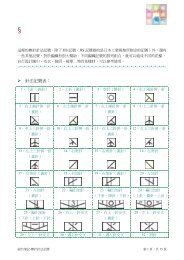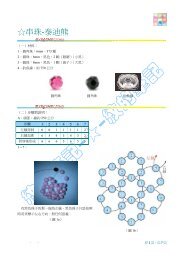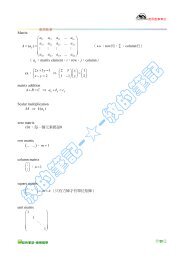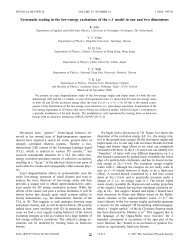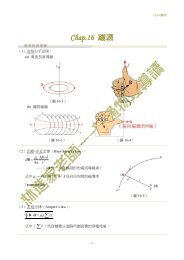Chapter 22 Materials Selection and Design Considerations
Chapter 22 Materials Selection and Design Considerations
Chapter 22 Materials Selection and Design Considerations
You also want an ePaper? Increase the reach of your titles
YUMPU automatically turns print PDFs into web optimized ePapers that Google loves.
Table <strong>22</strong>.4 Mechanical <strong>and</strong> Corrosion Characteristics of Three Metal Alloys That Are Commonly Used for the Femoral Stem<br />
Component of the Prosthetic Hip<br />
Elastic 0.2% Yield Tensile Elongation Fatigue Strength Corrosion<br />
Modulus Strength Strength at Fracture or Limit, 10 7<br />
Rate<br />
Alloy [GPa (psi)] [MPa (ksi)] [MPa (ksi)] (%) Cycles [MPa (ksi)] (mpy) a<br />
316L Stainless Steel 200 689 862 12 383 0.001–0.002<br />
(cold worked, (29.0 � 10 6 ) (100) (125) (55.5)<br />
ASTM F138)<br />
Co–28Cr–6Mo 210 483 772 8 300 0.003–0.009<br />
(cast, ASTM F75) (30.0 � 10 6 ) (70) (112) (43.4)<br />
Ti–6Al–4V (hot forged, 120 827 896 10 580<br />
ASTM F620) (17.4 � 10 6 ) (120) (130) (84.1) 0.007–0.04<br />
<strong>22</strong>.12 <strong>Materials</strong> Employed • W113<br />
a<br />
mpy means mils per year, or 0.001 in./yr<br />
Sources: From Gladius Lewis, <strong>Selection</strong> of Engineering <strong>Materials</strong>, © 1990, p. 189. Adapted by permission of Prentice Hall, Englewood Cliffs, NJ; <strong>and</strong> D. F.<br />
Gibbons, “<strong>Materials</strong> for Orthopedic Joint Prostheses,” Ch. 4, p. 116, in Biocompatibility of Orthopedic Implants, Vol. I, D. F. Williams, CRC Press, Boca<br />
Raton, FL, 1982. With permission.





